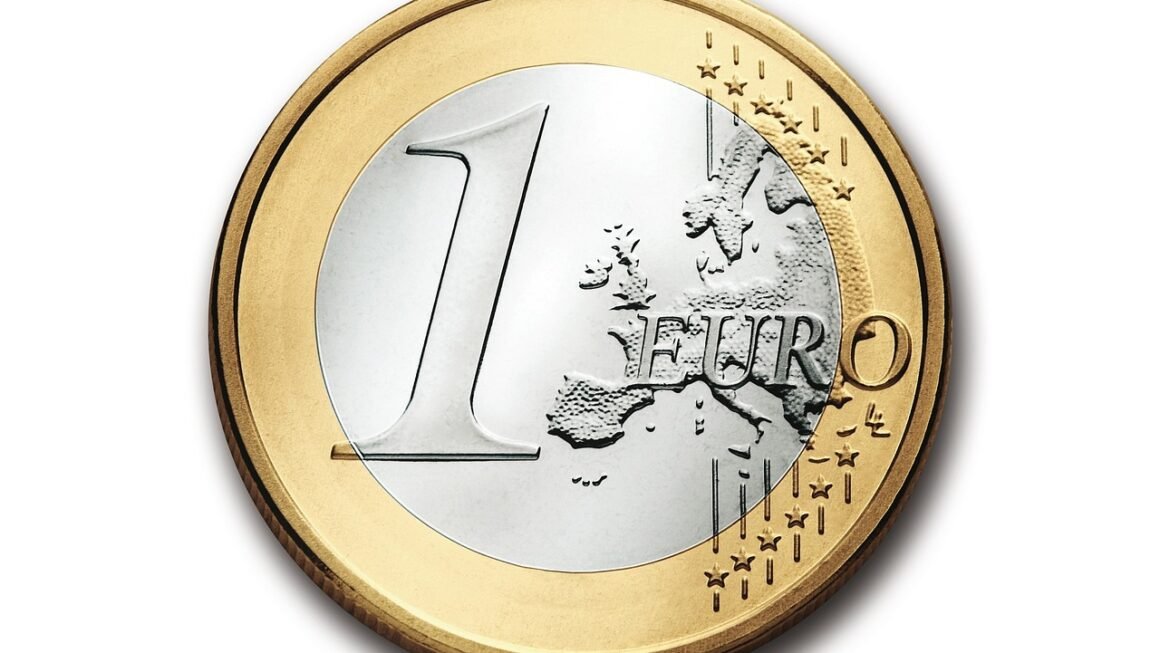Crafting a successful business is more than just having a great idea; it’s about defining how you’ll create, deliver, and capture value. That’s where a well-defined business model comes in. It’s the blueprint for your entire operation, guiding everything from product development to marketing and customer service. Without a solid model, even the most innovative ideas can fail to gain traction. Let’s dive into the intricacies of building a robust business model that sets you up for long-term success.
What is a Business Model?
Defining the Concept
A business model is essentially a framework that outlines how a company creates, delivers, and captures value. It’s more than just a business plan; it’s a concise explanation of how all the different parts of your organization work together to generate profit. Think of it as the operational logic of your company. It answers crucial questions like:
- Who is your target customer?
- What problem are you solving for them?
- How are you delivering your solution?
- How will you generate revenue?
- What are your key resources and activities?
The Importance of a Strong Business Model
A well-defined business model is critical for several reasons:
- Attracting Investors: Investors want to understand how your company plans to make money. A clear and compelling model increases your chances of securing funding.
- Guiding Operations: It provides a roadmap for all departments, ensuring everyone is working towards the same goals.
- Competitive Advantage: A unique and effective model can differentiate you from competitors and create a sustainable advantage.
- Adaptability: Understanding your model allows you to identify weaknesses and adapt to changing market conditions.
Common Business Model Components
While specifics vary by industry and company, core components of a strong business model generally include:
- Value Proposition: What unique value do you offer to your customers? (e.g., convenience, affordability, innovation)
- Customer Segments: Who are you targeting with your product or service? (e.g., demographics, psychographics, needs)
- Channels: How do you reach and interact with your customers? (e.g., online store, retail partners, social media)
- Customer Relationships: How do you build and maintain relationships with your customers? (e.g., personalized service, community building, loyalty programs)
- Revenue Streams: How do you generate income? (e.g., sales, subscriptions, advertising)
- Key Activities: What essential activities are required to operate your business? (e.g., product development, marketing, customer support)
- Key Resources: What assets are essential for your business to function? (e.g., intellectual property, infrastructure, talent)
- Key Partnerships: Who are your strategic partners and how do they contribute to your business? (e.g., suppliers, distributors, technology providers)
- Cost Structure: What are your major expenses? (e.g., salaries, marketing, research and development)
Types of Business Models
Subscription Model
This model involves charging customers a recurring fee (monthly, annually, etc.) for access to a product or service.
- Examples: Netflix, Spotify, software-as-a-service (SaaS) companies like Salesforce.
- Benefits: Recurring revenue, predictable income, and strong customer relationships.
- Challenges: Customer churn, continuous value delivery, and high initial customer acquisition costs.
Freemium Model
Offering a basic version of your product or service for free, while charging for premium features or usage.
- Examples: Dropbox, LinkedIn, many mobile games.
- Benefits: Wide reach, easy customer acquisition, and potential for viral growth.
- Challenges: Converting free users to paying customers, balancing free vs. premium features.
E-commerce Model
Selling products or services directly to consumers online.
- Examples: Amazon, Etsy, Shopify stores.
- Benefits: Global reach, 24/7 availability, and lower overhead costs compared to brick-and-mortar stores.
- Challenges: Intense competition, logistics, shipping costs, and customer trust.
Advertising Model
Generating revenue by selling advertising space on your platform or content.
- Examples: Google, Facebook, news websites.
- Benefits: High potential for scalability, low barrier to entry for users.
- Challenges: Reliance on ad revenue, maintaining user engagement, and ad blocker usage.
Marketplace Model
Creating a platform that connects buyers and sellers, taking a commission on each transaction.
- Examples: Airbnb, Uber, eBay.
- Benefits: Low inventory risk, scalable, and network effects.
- Challenges: Balancing supply and demand, ensuring quality control, and dealing with disputes.
Choosing the Right Business Model
Understanding Your Value Proposition
The first step is to clearly define your value proposition. What problem are you solving and what makes your solution unique? This will guide your choice of model.
- Consider your target customer’s needs and pain points.
- Identify your competitive advantages.
- Articulate your unique selling proposition (USP).
Analyzing Your Target Market
Who are your target customers and what are their preferences? Understanding your market is crucial for selecting a model that resonates with them.
- Conduct market research to gather data on your target audience.
- Segment your market based on demographics, psychographics, and behavior.
- Identify your ideal customer profile.
Evaluating Your Resources and Capabilities
What resources and capabilities do you have at your disposal? Your model should be aligned with your strengths and limitations.
- Assess your financial resources.
- Evaluate your team’s skills and expertise.
- Identify your key assets and infrastructure.
Testing and Iterating
Don’t be afraid to experiment with different models and iterate based on feedback. The best model is one that evolves with your business.
- Conduct A/B testing to compare different approaches.
- Gather customer feedback through surveys and interviews.
- Track key metrics to measure performance.
Business Model Canvas: A Practical Tool
Overview of the Canvas
The Business Model Canvas is a strategic management template for developing new or documenting existing business models. It offers a visual chart with elements describing a firm’s or product’s value proposition, infrastructure, customers, and finances.
- Value Propositions: What value do you deliver to the customer? Which customer needs are you satisfying?
- Customer Segments: For whom are you creating value? Who are your most important customers?
- Channels: Through which channels do your customers want to be reached? How are you reaching them now?
- Customer Relationships: What type of relationship does each of your Customer Segments expect you to establish and maintain with them?
- Revenue Streams: For what value are your customers really willing to pay? For what do they currently pay?
- Key Activities: What key activities do your Value Propositions require? Your Distribution Channels? Customer Relationships? Revenue streams?
- Key Resources: What key resources do your Value Propositions require? Your Distribution Channels? Customer Relationships? Revenue streams?
- Key Partnerships: Who are your key partners? Who are your key suppliers?
- Cost Structure: What are the most important costs inherent in your business model? Which Key Resources are most expensive?
How to Use the Canvas
Benefits of Using the Canvas
- Provides a holistic view of your business.
- Facilitates collaboration and communication.
- Helps identify potential problems and opportunities.
- Enables rapid prototyping and iteration.
Conclusion
Choosing and refining your business model is a critical step in launching and scaling a successful venture. By understanding the different types of models, analyzing your market and resources, and utilizing tools like the Business Model Canvas, you can create a sustainable and profitable business. Remember, a business model isn’t set in stone; it’s a living document that should evolve as your company grows and the market changes. Continuously evaluate and adapt your model to ensure you’re always delivering value to your customers and capturing it effectively.



